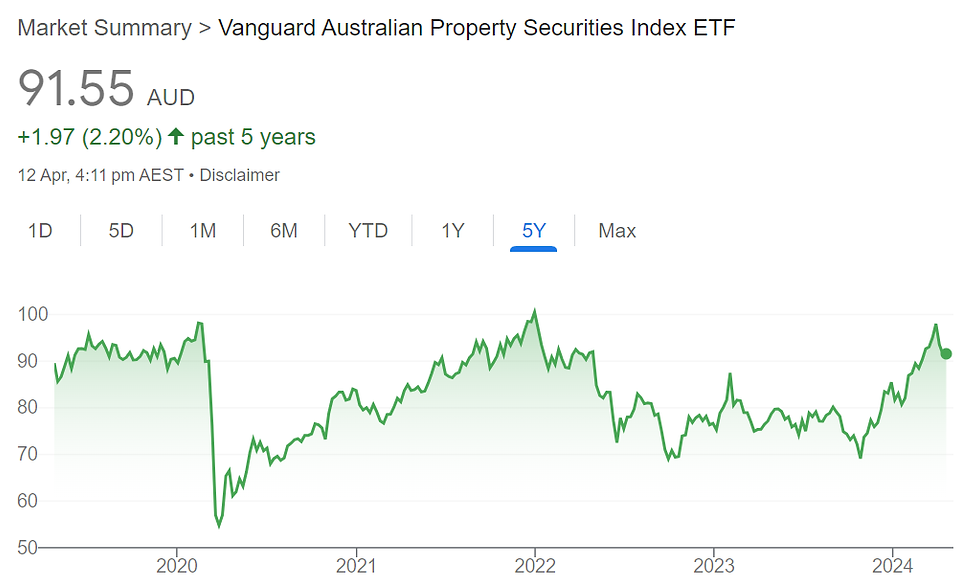The Commercial Real Estate Crash
- Robert Baharian
- Apr 15, 2024
- 3 min read
We've been hearing about it for a while now. By 2024, the commercial real estate market was supposed to crash and bring down the entire economy with it. Why hasn't the commercial real estate (CRE) market crashed? Maybe it already has, but you're looking in the wrong places. You see, CRE is not just office or construction. It's much more than this - it's residential, retail, industrial, storage, hotel, mixed use, land, healthcare, and so on - you get my flow. The problem with looking at the headline market is that it encapsulates everything I have just outlined above and more.
You see, it's much like the "stock market". Parts of the stock market have crashed and continue to crash, yet the "stock market" itself is being held up by what we have known as the Magnificent 7 - in fact, making all-time highs. Having said this, the stock market's breadth has been broadening, providing greater depth and stability more broadly.
The Australian listed property market crashed almost 45% in a 6-week period in early 2020. It then rose about 80% in the 21 months following its bottom in March of 2020. It subsequently fell a further 32% from 31 December 2021 to the end of October 2023 - that's less than 6 months ago. As an aggregate CRE market, it has already crashed. One may argue that it has crashed more than twice in the last 4 years.
Notwithstanding the all-time highs the property market has been making, there are parts of the market that have been collapsing. Most recently, this office building, the former AT&T Tower in downtown St. Louis, previously sold for US$205 million in 2006 just changed hands for about US$3.6 million - that's a 98%+ capital loss.
Furthermore, the New York Times reported:
In San Francisco, a 20-story office tower that sold for $146 million a decade ago was listed in December for just $80 million.
In Chicago, a 200,000-square-foot-office building in the city’s Clybourn Corridor that sold in 2004 for nearly $90 million was purchased last month for $20 million, a 78 percent markdown.
And in Washington, a 12-story building that mixes office and retail space three blocks from the White House that sold for $100 million in 2018 recently went for just $36 million.
Bringing it home, in 2023 Dexus sold its Sydney Margaret Street for 16% discount to its previous book value. Contrast that to the latest transaction in Melbourne (although not office), David Marriner sold his Chanel building for AU$75 million having purchased the building for AU$7.4 million in 2009.
The Australian market seems to be holding up reasonably well, all things considered. The Wall Street Journal reports that 2023 saw only 3.5% of US office building sales coming from distressed sellers, based on MSCI Real Assets analysis. Of the $35.8 billion of office loans that came due in commercial mortgage-backed securities last year, only 25% were paid off in full. The remainder were extended, modified, or have turned to distressed debt investors. Of roughly 600 office loans that have defaulted in the last two years, only five lenders have realized a loss. What we need to understand is that lenders do not want to force borrowers to sell up, this is not a good scenario for anyone - nobody wins under a catastrophe scenario.
High quality properties and in demand sectors are holding up the CRE - this is what diversification is. B and C grade properties are where the problems are. I'm hearing of CBD revaluations of 40-60% from their peaks. The bottom line is that properties are being sold, they are transacting, and people are cashed up and buying. The question is whether or not private markets need to go through the same process as public markets or whether or not private markets can avoid the downturn.
Public markets are telling us that were was a crash in CRE. Just because it didn't play out the way you expected doesn't mean it didn't happen.




